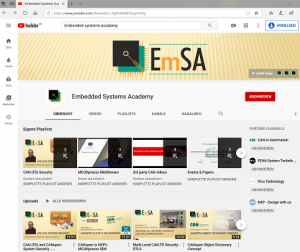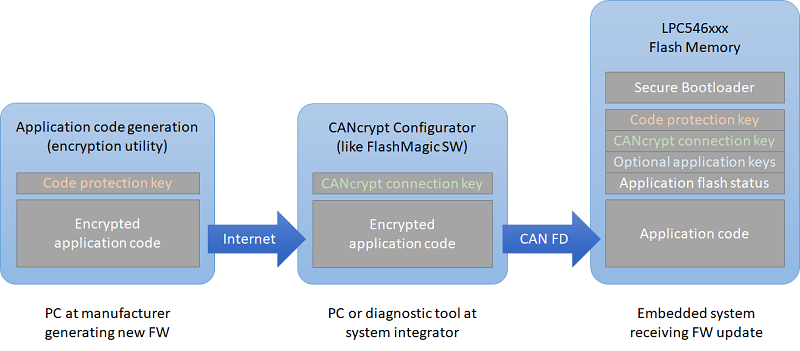Regulation to Revenue: Turning CRA Into a Business Win
While preparing our new Cyber Resilience Act (CRA) training classes and working with customers tackling CRA requirements, we’ve often encountered a sense of reluctance. The regulation is new, and the workload can seem daunting. But we’ve also seen how those who engage early start to discover real advantages. That’s why we want to share not just the obligations, but also the positive side of CRA compliance.
The CRA is reshaping how digital products are developed and integrated in the European market. Forward-looking component vendors are turning CRA readiness into a commercial advantage. For suppliers of embedded systems, firmware modules, or sub-systems used in larger machines, early alignment offers a real competitive edge.
Turning Compliance into a Market Differentiator
The CRA applies to “products with digital elements, so all components with software or connectivity. OEMs and system integrators, responsible for CRA conformity of their products, will seek suppliers who make compliance easier.I
If you offer CRA-ready components with complete documentation, like technical files, SBOMs, support periods, vulnerability processes or voluntarily the entire risk assessment, then you reduce risk and speed up certification for your customer. That makes you a preferred supplier.
This is especially important for embedded vendors: CAN-based modules, industrial sensors, smart controllers, security gateways, they are all in scope. If your documentation is ready, you’re ahead of the competition.
The Shift Has Already Begun
Full CRA enforcement begins in December 2027, but purchasing departments will already soon start auditing suppliers about planned compliance. Early adopters have a window to build long-term relationships based on trust and readiness.
Customers will soon ask:
- Do you have a CRA technical file?
- Can you provide an SBOM?
- How and for how long will you provide updates?
- What’s your vulnerability disclosure process?
If you can answer swiftly and confidently, your product becomes more than compliant, it becomes attractive.
Defense in Depth Starts at the Component Level
CRA embeds specific cybersecurity principles, especially defense in depth: limiting attack surfaces, managing access, validating inputs, secure updates, and ongoing vulnerability management.
Even minor components can be attack vectors. An unmaintained module or undocumented interface can compromise a full system. Your customers want components that help them build secure systems. Your documentation must show that you’re part of the solution.
Short-Term Effort, Long-Term Advantage
Yes, CRA adds some effort:
- Documenting processes
- Clarifying support periods
- Generating SBOMs
- Setting up secure update mechanisms
But these are reusable across product lines. And they become selling points:
“We provide a pre-filled CRA technical file, saving you time and audit effort.”
Soon, CRA alignment will be part of RFQs, especially in regulated industries. Early movers will already have what’s needed.
How to Start Now
You don’t need a full conformity assessment yet. Start with these:
- Draft the basic technical documentation: risk analysis, update policy, SBOM, and contact point.
- Educate your team: make sure product and sales staff can explain how you support CRA obligations.
- Label your products: terms like “CRA-ready” or “CRA-aligned” will gain traction fast.
Conclusion: Be the Easy Choice
CRA isn’t just a legal requirement, it’s a new trust signal. Vendors who invest in documentation and defense in depth today won’t just be compliant, they’ll be strategic partners.
Integrators will ask: does your component help us get CRA-certified?
If the answer is yes, you’re the easy choice.
If you want to stay updated on our upcoming CRA training classes, follow us on LinkedIn or check this blog regularly. We’ll share practical tips, updates, and announce training availability as we go live.
 Deutsch
Deutsch English
English





 Learn about our current product range for embedded systems
Learn about our current product range for embedded systems


 Embedded Networking with CAN and CANopen. Your technology guide for implementing CANopen devices.
Embedded Networking with CAN and CANopen. Your technology guide for implementing CANopen devices. Implementing scalable CAN security. Authentication and encryption for higher layer protocols, CAN and CAN-FD
Implementing scalable CAN security. Authentication and encryption for higher layer protocols, CAN and CAN-FD